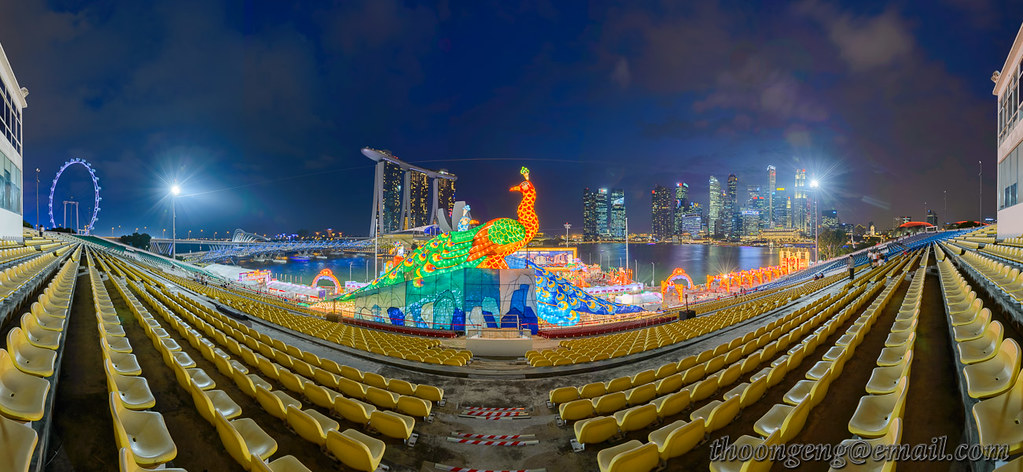First time doing a review so apologies for any mistakes in advance hehe, just point out to me I'll fix it 
I was quite interested in Lightroom CC's new merge to HDR and panorama features, because previously doing these mean I have use other programs to achieve them. So I downloaded the trial version to test them out.
Here is the final result, after some Basic panel adjustments and cropping, everything done within Lightroom:

This was a panorama from 5 vertical frames, each frame of 3 exposures 3 stops apart, taken on tripod with a panoramic head. This was one of the frames with the 3 exposures (normal exposure, exposure -3 and exposure -6 stops):



I used the 'Photo Merge > HDR' on the 3 exposures for each frame first, which generates a 16bit floating point DNG file. After the 5 files were generated, I selected them and used the 'Photo Merge > Panorama' to do the stitching.
My source files were DNG RAW files generated from the original 24 megapixel RAW files (my usual workflow to save space), initial file sizes were around 8-15 megabytes. Each HDR DNG generated were around 88 megabytes. Interestingly the HDR Panorama DNG file generated was also around 88 megabytes, even though it was a 10514x6227 pixels image.
I was quite interested in Lightroom CC's new merge to HDR and panorama features, because previously doing these mean I have use other programs to achieve them. So I downloaded the trial version to test them out.
Here is the final result, after some Basic panel adjustments and cropping, everything done within Lightroom:

This was a panorama from 5 vertical frames, each frame of 3 exposures 3 stops apart, taken on tripod with a panoramic head. This was one of the frames with the 3 exposures (normal exposure, exposure -3 and exposure -6 stops):



I used the 'Photo Merge > HDR' on the 3 exposures for each frame first, which generates a 16bit floating point DNG file. After the 5 files were generated, I selected them and used the 'Photo Merge > Panorama' to do the stitching.
My source files were DNG RAW files generated from the original 24 megapixel RAW files (my usual workflow to save space), initial file sizes were around 8-15 megabytes. Each HDR DNG generated were around 88 megabytes. Interestingly the HDR Panorama DNG file generated was also around 88 megabytes, even though it was a 10514x6227 pixels image.






